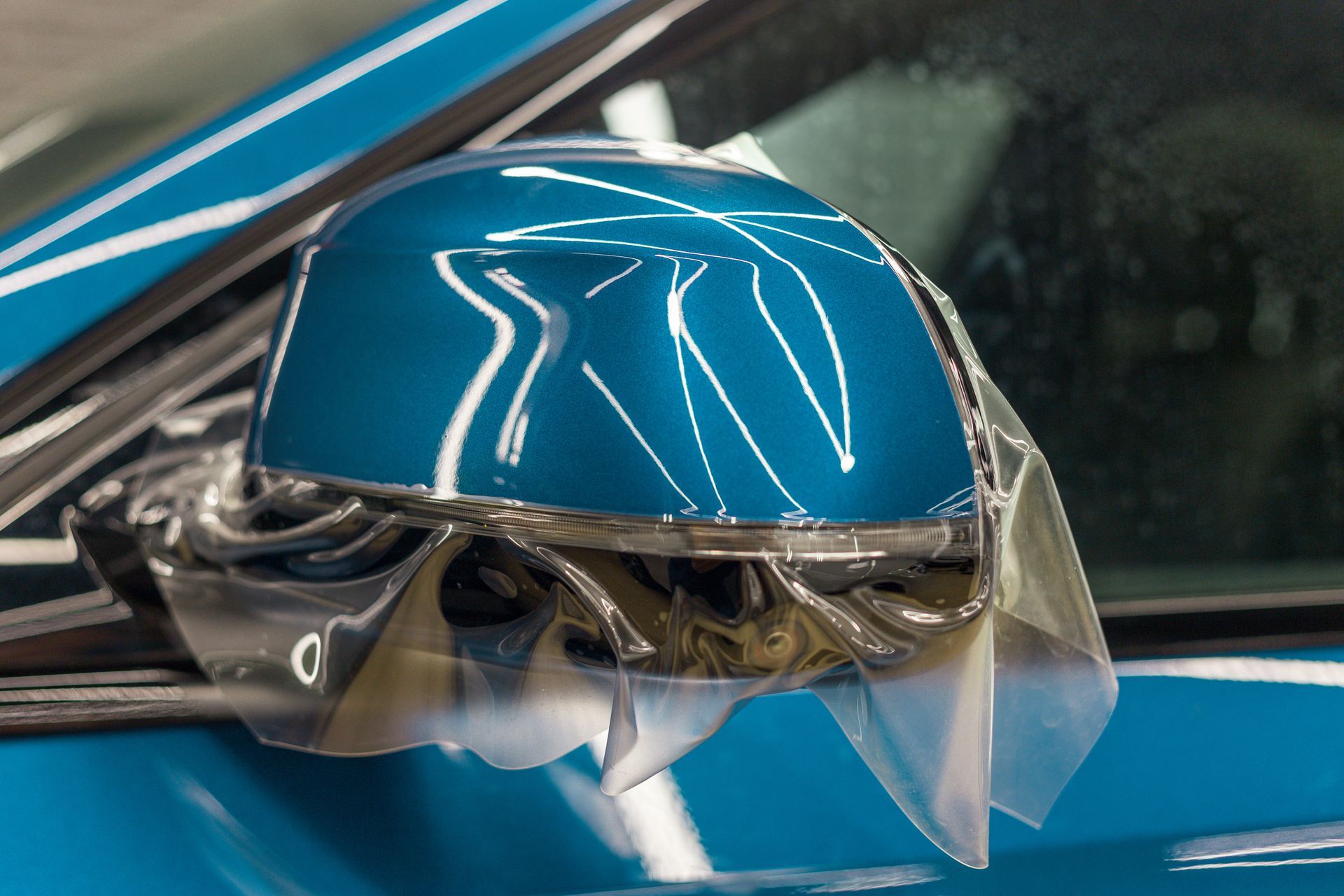What are Window Tint Percentages
Demystifying Window Tint Percentages: What Do They Mean?

Introduction:
When it comes to window tinting, there is more to it than just enhancing the aesthetics of your vehicle or providing privacy. Tinting percentages play a crucial role in determining the level of protection, heat reduction, and visibility you can expect from your tinted windows. In this blog post, we will explore the significance of window tint percentages and what they mean for you.
Understanding Window Tint Percentages:
Window tint percentages refer to the amount of light that can pass through the tinted window. It is commonly measured as Visible Light Transmission (VLT), which represents the percentage of light allowed to pass through the tint film. The lower the VLT percentage, the darker the window tint will appear, and the less light it will transmit.
The Different Tint Percentage Options:
- 5% to 20% Tint: This range signifies a significant level of darkness, often referred to as "limo tint." It offers maximum privacy and is commonly used on the rear windows of vehicles. However, it is important to note that these darker tints may be subject to legal restrictions in certain jurisdictions.
- 30% to 50% Tint: This range strikes a balance between privacy and visibility. It offers moderate light transmission, allowing you to maintain a clear view from inside the vehicle while providing a level of protection against UV rays and heat.
- 50% to 70% Tint: Tints within this range are often referred to as "light" or "medium" tints. They provide a significant amount of heat and UV protection while maintaining good visibility both during the day and at night. These tints are popular among individuals looking for a subtle enhancement without sacrificing too much clarity.
Factors to Consider When Choosing a Window Tint Percentage:
- Legal Regulations: Before selecting a tint percentage, it's essential to familiarize yourself with your local regulations. Different jurisdictions have specific laws regarding the darkness of window tints, particularly for the front and driver's side windows. Adhering to these regulations ensures you avoid legal issues.
- Climate: The climate in your area can influence your choice of window tint percentage. If you live in a hot and sunny region, a lower tint percentage will provide increased heat reduction and protect your vehicle's interior from sun damage.
- Personal Preference: Your personal preference and desired level of privacy will also influence the tint percentage you choose. Consider how important visibility is to you, both during the day and at night, as darker tints can affect your ability to see clearly in low-light conditions.
Conclusion:
Window tint percentages are a crucial aspect of choosing the right tint for your vehicle. Understanding what these percentages mean allows you to make an informed decision based on your needs, local regulations, and climate. Whether you prioritize privacy, heat reduction, or maintaining optimal visibility, finding the right balance in tint percentage will help you achieve the desired benefits of window tinting while staying within the legal limits. The experts at Dent Details can help you with your decision.


